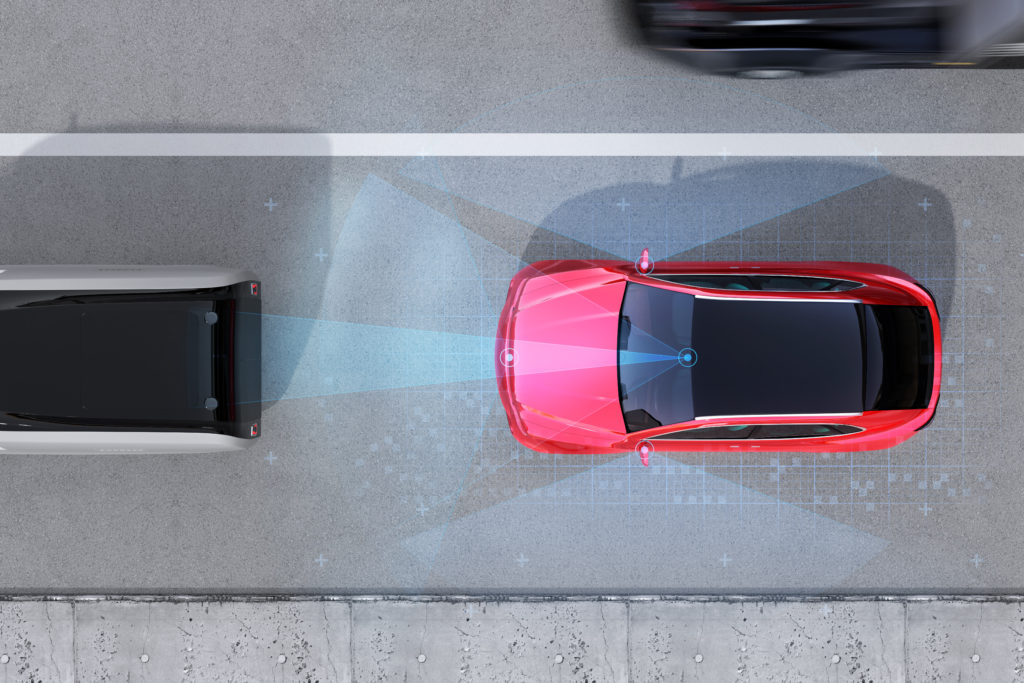
An online tracking tool created for the U.S. Department of Transportation’s Automated Vehicle Transparency and Engagement for Safe Testing (AV TEST) Initiative has been released.
The initiative was unveiled during a two-day virtual panel discussion, which was the third in a series of online events focusing on AV TEST. The pilot program aims to develop a higher level of publicly-displayed automated vehicle testing and development information.
The virtual event was kicked off by Secretary Elaine Chao of the U.S. Department of Transportation, and included congressional remarks by Senator John Thune of South Dakota, a demonstration of the tracking tool by National Highway Traffic Safety Administration Chief Safety Scientist Joseph Kolly, and discussions by panelists like NHTSA Director of Safety Programs, John Marshall and Uber’s director SDV safety standards, Chris Mullen.
The interactive map tool has been made public and offers information related to an array of AV driving system testing activities throughout the United States. Users can use the tool to see current testing locations and find information on all companies testing vehicles on American roads.
Those on the platform are also able to see new legislation and current policies in relation to each state’s approach to autonomous vehicle testing via voluntarily-shared data released by both government agencies and private groups.
The initiative, launched in June, “brings the department together with states, local governments, and private sector stakeholders,” said Chao at the time of program unveiling. “[The tool] unlocks valuable information for state and local governments overseeing testing. It encourages developers to exercise better, safer practices, and it provides clarity on AV testing for communities all across the country.”
According to James Owens, Deputy Administrator for NHTSA, AV TEST has been open to all stakeholders supporting the safe testing of AV technology. Participants can include manufacturers, owner-operators, highway safety offices, city government agencies, and departments of transportation.
The overall goal for this new platform is to boost transparency in relation to AV technology information and to bring further interaction regarding these innovations to the public, industry experts, and government leaders.
The initiative will also work to educate the public about all aspects of automated technology and its testing, and those working toward AV development and implementation are invited to bring their information to the platform in order to help educate people and avoid any misconceptions about these efforts.
“These systems have the promise to help prevent fatal crashes, save lives, and reduce crash severity,” said Owens. “Public trust will be the key to their adoption.”
Participating states include Arizona, California, Florida, Maryland, Michigan, Ohio, Pennsylvania, Texas, and Utah. Companies involved with the initiative are Beep, Cruise, Fiat Chrysler Automobiles, Local Motors, Navya, Nuro, Toyota, Uber, and Waymo.
Nicole Nason, Federal Highway Administrator, explained that AV tech will bring freight movement improvements, and that the Federal Highway Administration has released safety and operation policy initiatives regarding vehicle automation.
House Committee on Energy and Commerce member, Representative Fred Upton (R-Michigan), supports the new platform and said this technology is incredibly important, as 94% of all traffic accidents occur due to human error, such as incidents involving distracted, fatigued, or impaired driving.
“These are real truck drivers hauling real freight,” said Nason. “This will help us improve efficiency. [It is] now more important than ever to exchange information with our stakeholders.”
The Department of Transportation released AV 4.0, its latest autonomous AV tech guideline update, in January of this year, to work toward unifying automated vehicle technology principles throughout 38 different agencies and executive offices. “Ensuring American Leadership in Automated Vehicle Technologies,” as it was named, aims to guide state and local government agencies, industry representatives, and tech experts in all aspects of these innovations.
Av 4.0, which expands upon 2018’s AV 3.0, works to boost the overall growth of this particular technology and the collaborative opportunities that come with it.
“We’ve been pleased by the tremendous interest we’ve received,” said Owens. “We’ve been blown away. As more stakeholders participate and as more data is collected, the web tool will become more and more robust.”
At the unveiling, experts explained that AV tech has the potential to massively improve road safety as well as increase mobility options for anyone facing certain challenges with transport, including the disabled and the elderly.
Reader Interactions